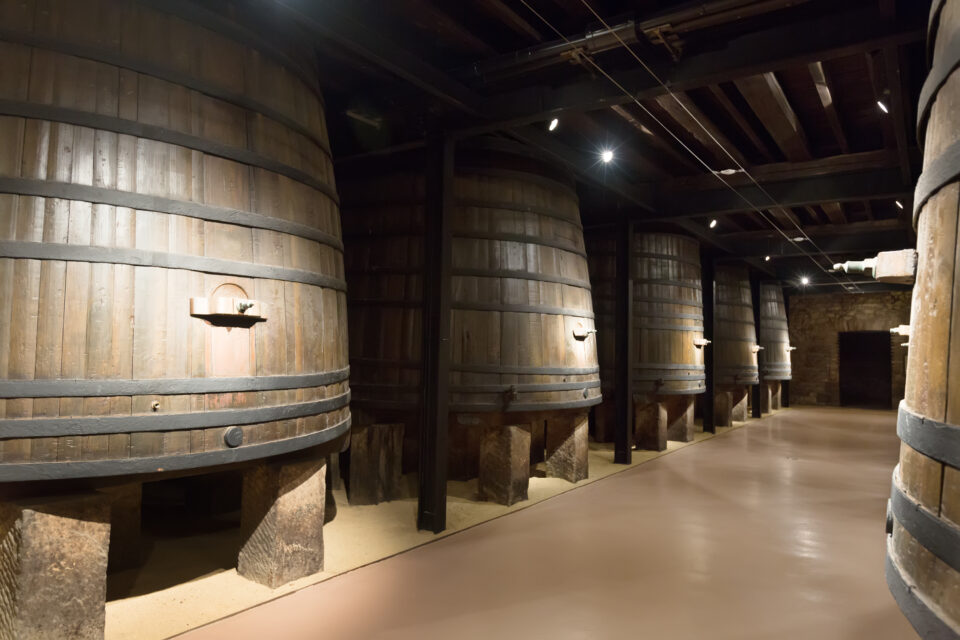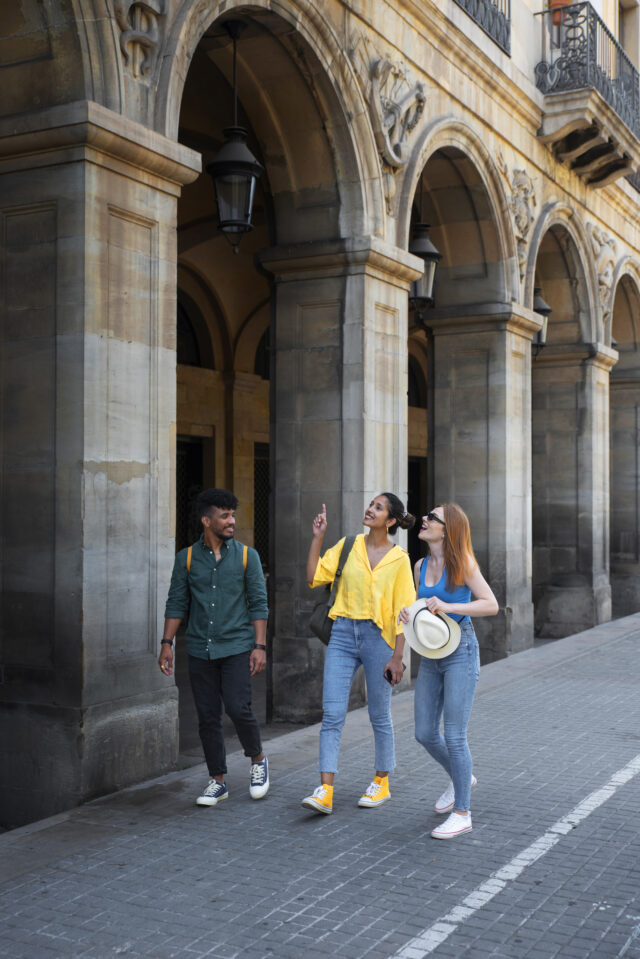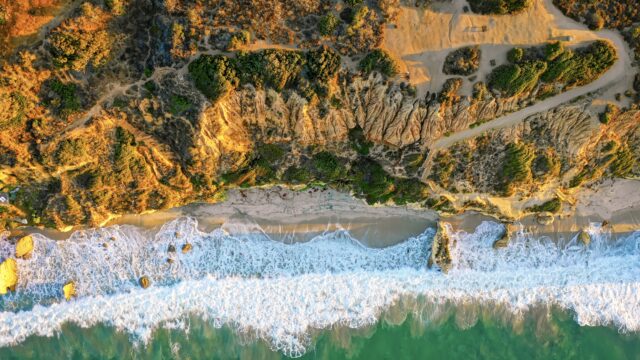Vasco Invest advises international and institutional investors on vineyard estates, wine tourism resorts, and hospitality-led rural assets across Portugal. From sourcing to due diligence, structuring, and operator selection, our team turns lifestyle ambitions into durable performance. Explore our services, read our blog, or contact us to start your project.
1) Introduction — Where Wine, Lifestyle, and Investment Meet
In Portugal, wine is identity, landscape, and heritage. In 2025, it is also a mature real-estate thesis: winery hospitality and wine tourism estates. These assets merge agriculture, hospitality, and brand building, delivering diversified income and long-term capital appreciation. For expatriates and global investors seeking tangible, meaningful assets, vineyard estates offer a rare balance between profit, passion, and preservation.
From the terraced Douro Valley to the rolling plains of Alentejo and the Atlantic panoramas of Setúbal, Portugal’s wine regions combine strong origin stories with globally recognized quality. As experiential travel accelerates, properties that curate place, product, and narrative can command premiums in both hospitality and direct-to-consumer wine sales.
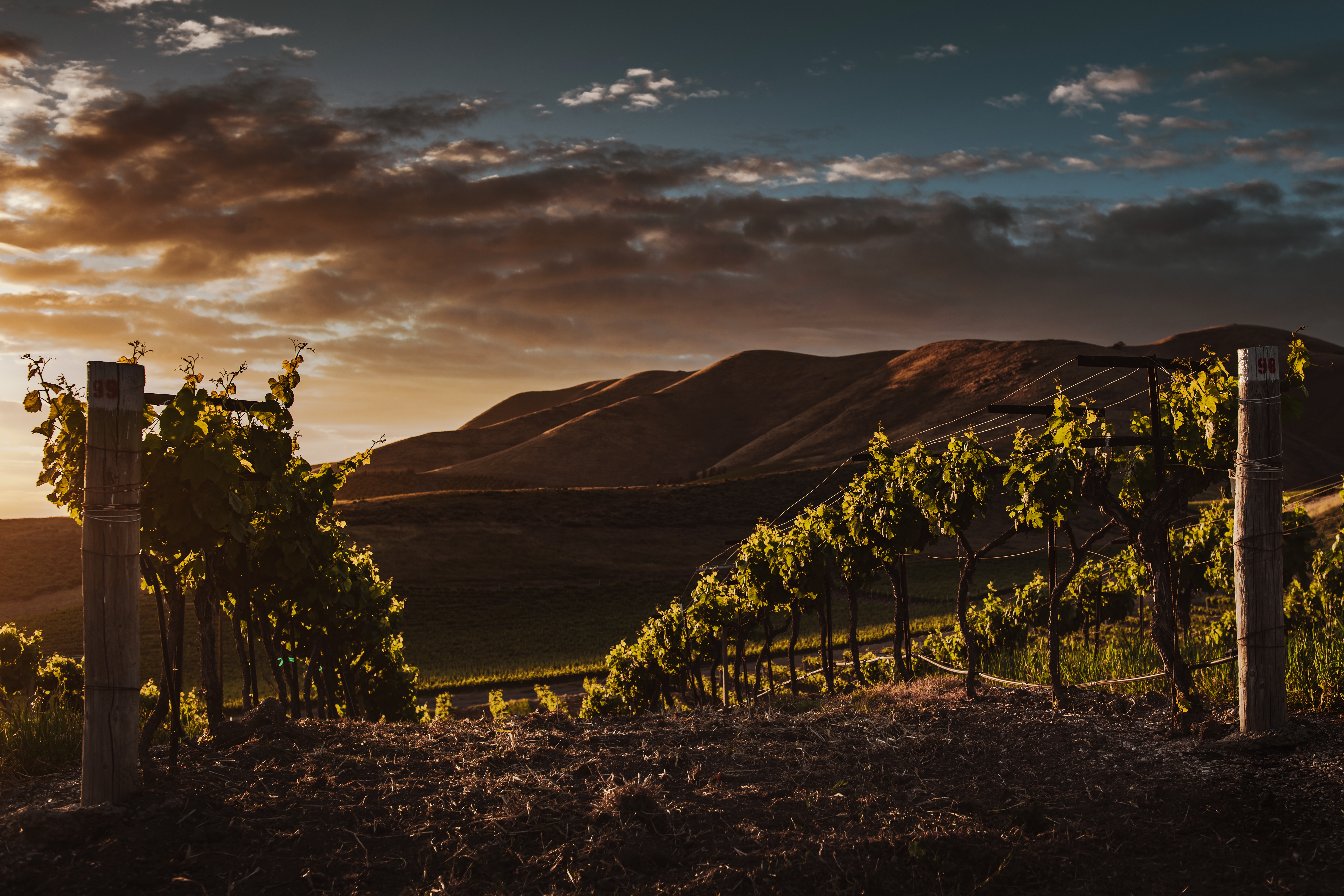
2) From Vineyards to Experiences — The New Hospitality Model
The contemporary wine estate is a destination: boutique suites, tasting pavilions, farm-to-table dining, wellness spa, cultural programming. Guests do not just visit; they belong—joining wine clubs, returning for harvest, sharing content, and extending the brand’s reach. This emotional equity translates directly into pricing power and resilient occupancy.
Revenue verticals typically include rooms, F&B, wellness, events, wine experiences, D2C wine sales, and brand collaborations. The most successful estates choreograph these streams into a coherent guest journey—from vineyard welcome to cellar storytelling and curated terroir cuisine.
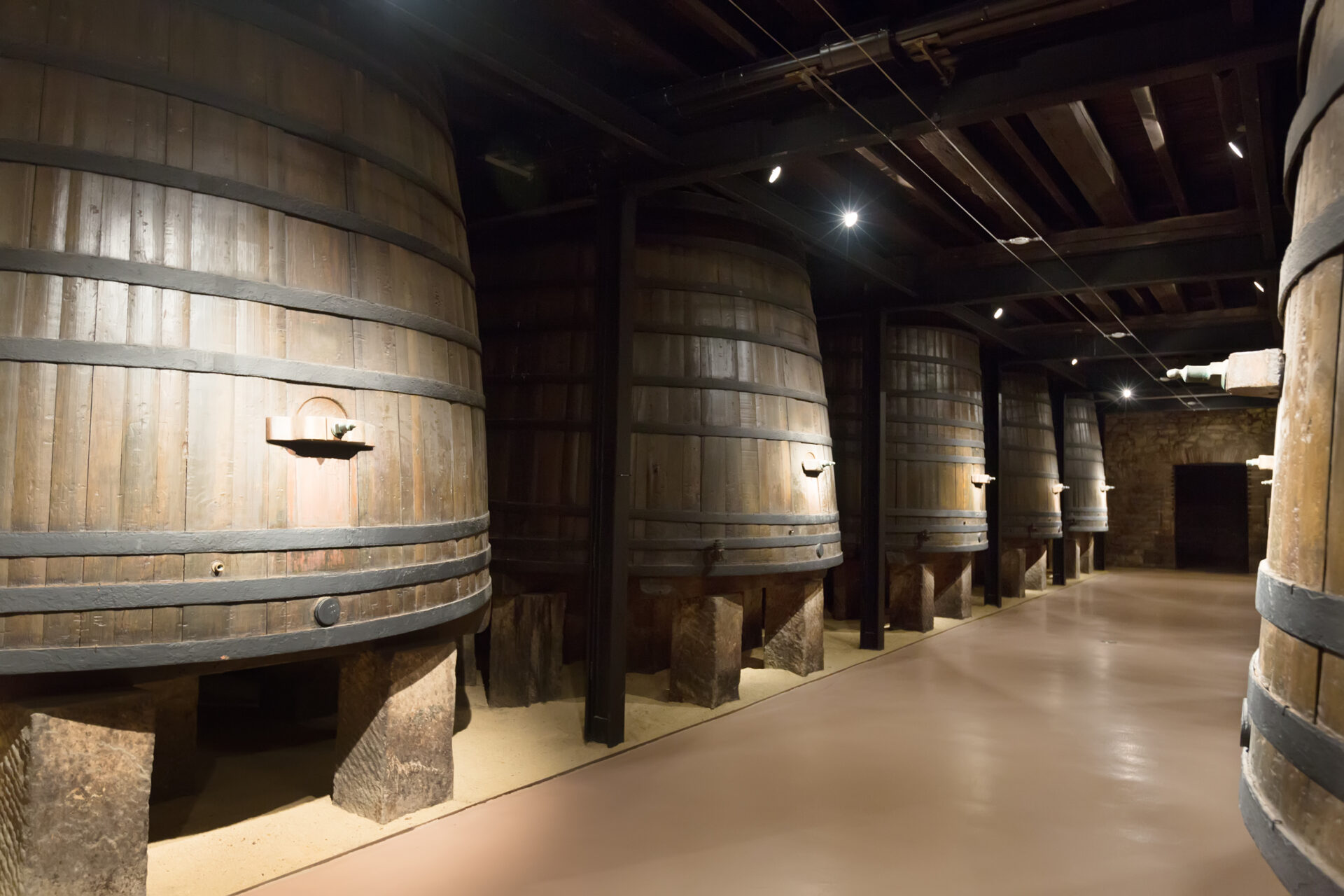
3) Why Portugal? Six Advantages for Lifestyle Investors
3.1 Origin Story & Prestige
The world’s oldest demarcated region (Douro) and a wave of award-winning producers give Portugal a compelling story—authentic, artisanal, and increasingly design-forward.
3.2 Relative Value vs. Peer Markets
Entry prices for vineyard land and hospitality assets remain more accessible than in many French or Italian appellations—supporting stronger yield-on-cost for repositioning projects.
3.3 Expanding Experiential Tourism
Premium visitors increasingly choose slower, deeper travel. Vineyard stays, harvest weekends, and culinary residencies extend seasonality and raise ADR (average daily rate).
3.4 Culinary & Wellness Momentum
Portugal’s cuisine and wellness culture (Atlantic climate, thermal traditions) combine naturally with vineyard escapes—unlocking spa, movement, and nature therapy concepts.
3.5 Operator Ecosystem
An emerging operator landscape—mixing independent hoteliers, boutique brands, and family estates—allows tailored partnership models, from white-label to co-branding.
3.6 Policy & Rural Regeneration
Selective incentives for rural rehabilitation, heritage conservation, and agri-tourism, depending on municipality and project typology, can improve capex economics.
4) Investment Models — From Boutique Hotels to Hybrid Estates
4.1 Vineyard Boutique Hotel
10–40 keys embedded in vineyards with spa, pool, tasting room, and chef-led dining. Target ADRs benefit from scarcity, design, and provenance. Revenue mix: rooms 45–60%, F&B 15–25%, experiences/retail 10–20%.
4.2 Wine Tourism Estate (Hospitality + Production)
Hospitality integrated with an active winery. Visitors participate in harvest, blending sessions, or barrel tastings. D2C sales, club memberships, and limited editions amplify margins.
4.3 Repositioning & Conversion
Acquiring under-performing farms or heritage properties and converting them into high-end wine resorts. Value-creation levers: design repositioning, brand strategy, ESG upgrades, and operator alignment.
4.4 Lease/Operator Model
Investor owns the real estate; a specialist operator runs hospitality and experiences on long leases with indexation and KPI-based governance.
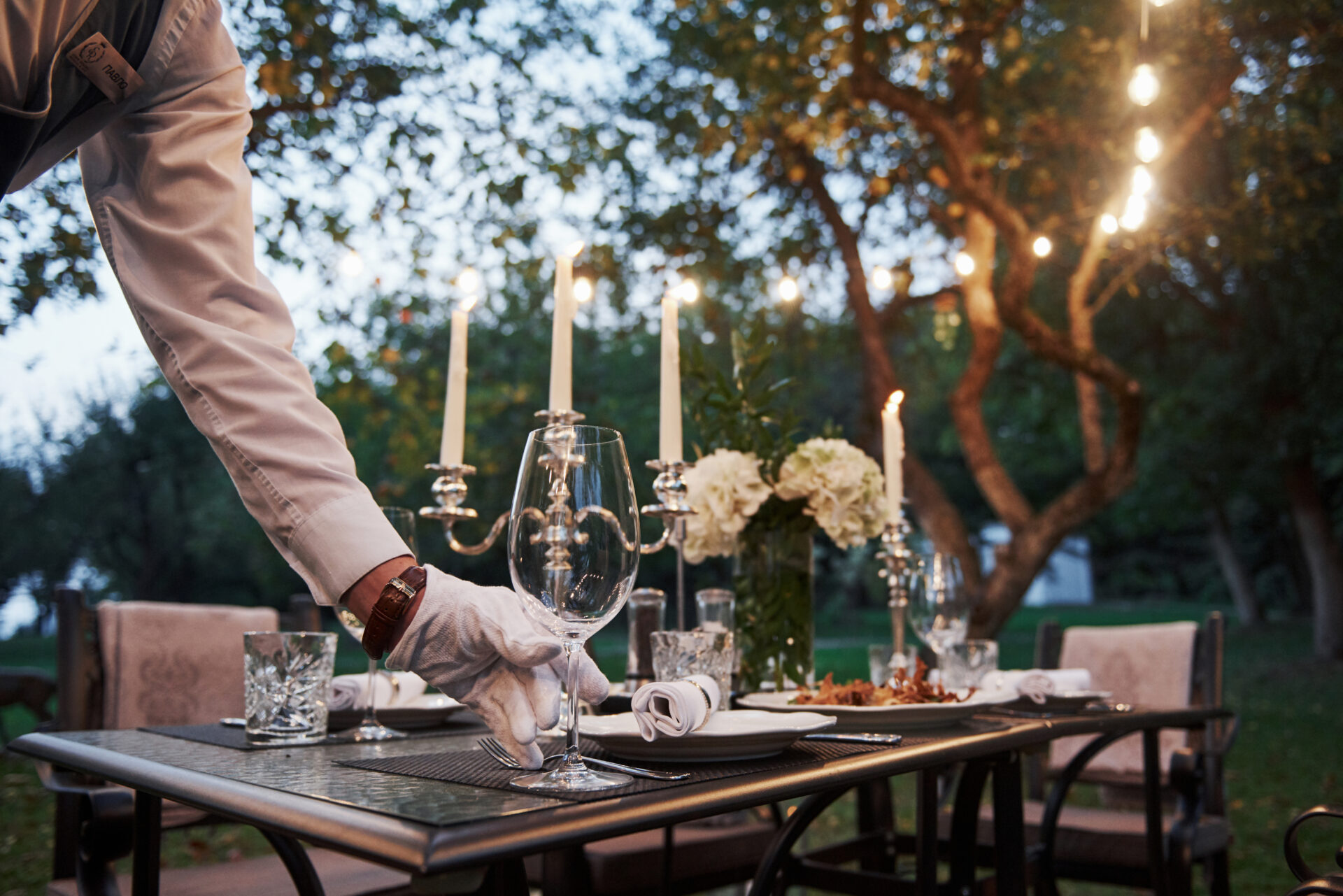
5) Regional Playbook — Douro, Alentejo, Setúbal/Lisbon, Algarve
5.1 Douro Valley — Iconic & Complex
UNESCO landscapes, steep schist terraces, and river drama. Prestige is unmatched; access and construction require expertise. Consider water management, hillside engineering, and sensitive design integration.
5.2 Alentejo — Scale & Slow Luxury
Rolling estates, cork forests, big skies. Ideal for wellness-led concepts, regenerative agriculture, and low-density suites. Strong potential for brandable, design-driven retreats within 60–120 minutes of Lisbon.
5.3 Setúbal / Palmela / Lisbon Wine Belt — Proximity & Weekenders
Day-trip access from Lisbon supports high F&B and experience revenues, plus weekend occupancy. Smaller estates and heritage quinta conversions thrive with a curated product.
5.4 Algarve & Atlantic South — Diversified Demand
International clientele, long shoulder seasons, and inland microclimates. Vineyards meet beach demand through culinary and wellness cross-selling.
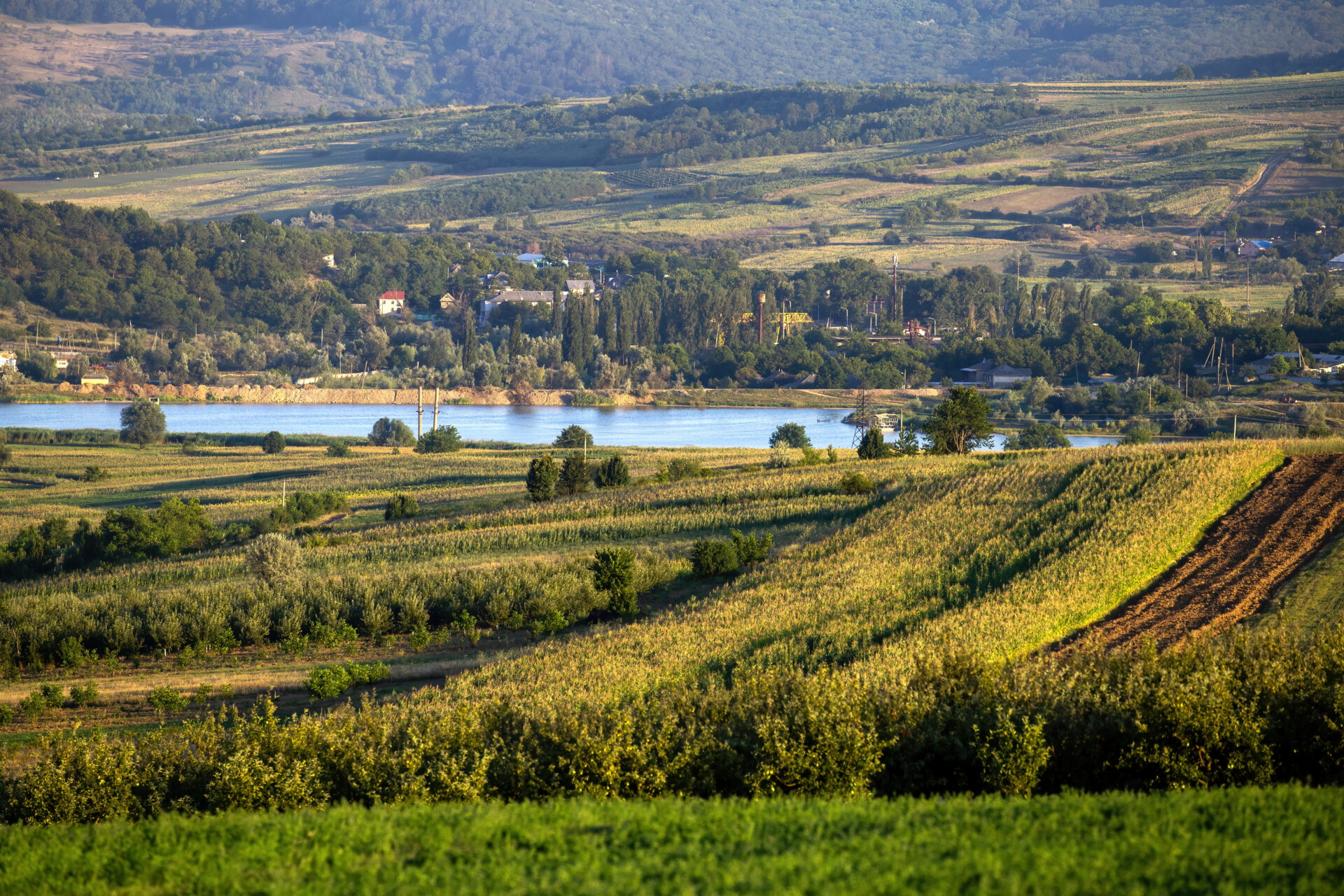
6) Design & Experience — Turning Place into Product
Winning estates develop a design grammar: vernacular materials (stone, lime, cork), thermal mass, shaded arcades, and framing views like living paintings. Interiors combine natural textures with contemporary comfort; lighting celebrates barrels, bottles, and seasonal produce. Landscape design favours biodiversity—orchards, kitchen gardens, and pollinator corridors.
Programming spans vineyard walks, blending ateliers, sunrise yoga, barrel-room concerts, and chef residencies. Every touchpoint should answer the guest’s core desire: to feel part of a place.
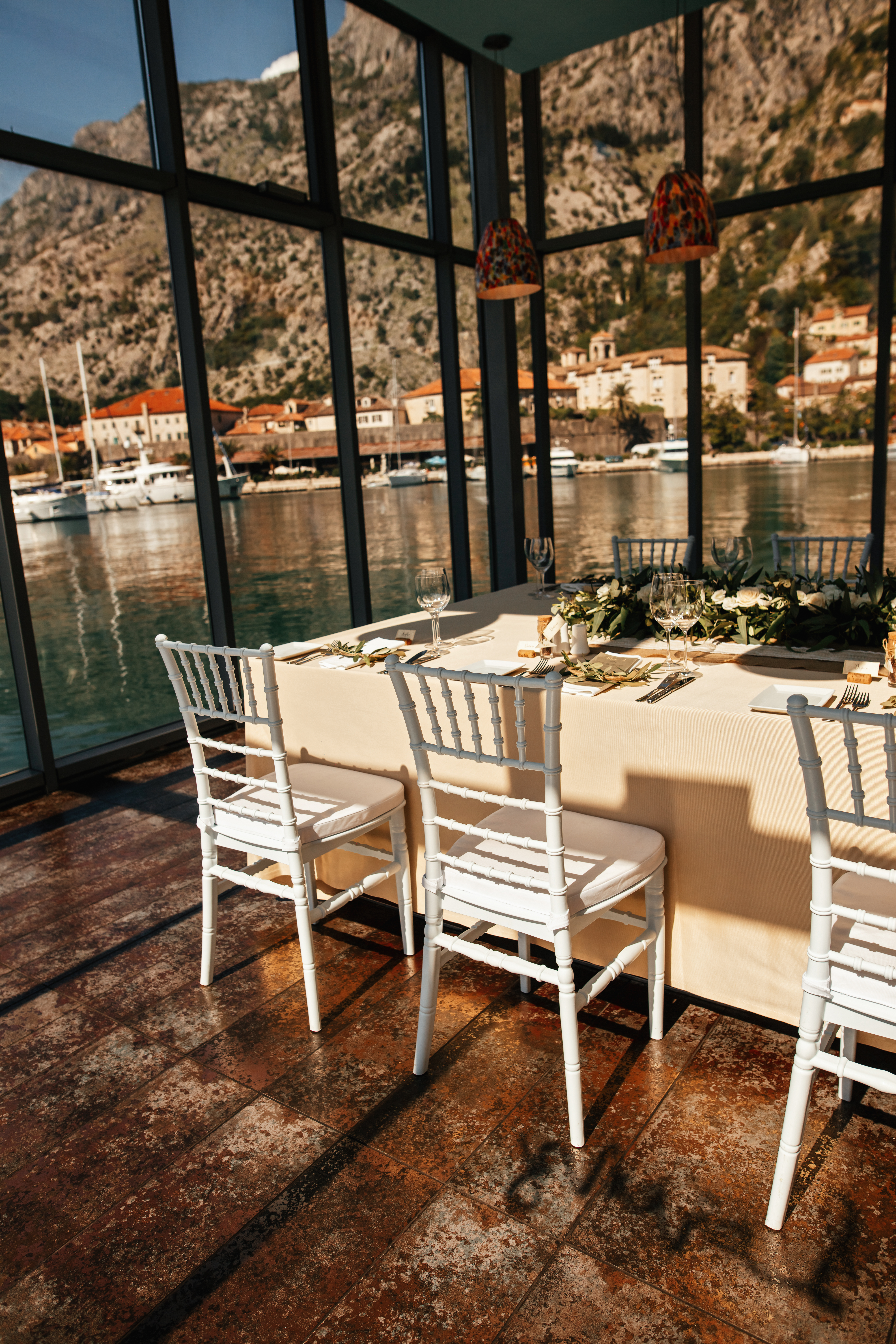
7) ESG & Regenerative Operations — The New Luxury
- Environmental: organic/biodynamic farming, water capture, solar/biomass, low-impact mobility.
- Social: fair employment, local crafts and cuisine, cultural programming with regional partners.
- Governance: transparent sourcing, certifications, data-driven quality/safety protocols.
ESG is now an expectation, not an add-on. It also reduces OPEX and strengthens brand equity with European and North American travellers.
8) Financials — Returns, Risks, and Mitigants
Typical yield ranges for stabilized estates:
- Vineyard Boutique Hotel: 5–8% net yield with ADR premiums and D2C wine uplift.
- Wine Tourism Estate: 6–10% blended yield across hospitality + wine + experiences.
- Repositioning/Conversion: 8–12% under optimized capex and brand execution.
- Lease/Operator Model: 4–6% indexed leases, lower volatility, institutional exit potential.
Key risks: seasonality, capex overruns, licensing timelines, operator quality. Mitigants: shoulder-season programming, fixed-price contracts, early planning engagement, KPI-driven leases with credible partners.
9) Operations — Selecting the Right Operator
Assess references, staff ratios, culinary/wine leadership, sales engine, digital stack, and wellness capability. Build leases with clear KPI suites: occupancy, ADR, RevPAR, guest satisfaction/NPS, wine revenue per guest, ESG metrics.
10) Step-by-Step — How to Invest in a Wine Estate in Portugal
- Define thesis: boutique hotel, estate with production, or conversion play.
- Choose region: Douro prestige, Alentejo slow luxury, Setúbal proximity, Algarve diversification.
- Assemble advisors: architect, viticulture consultant, legal/tax, operator or asset manager.
- Underwrite capex/OPEX: vineyard health, cellar equipment, MEP, rooms, spa, F&B.
- Secure planning/licences: agri-tourism, heritage, environmental, fire safety.
- Structure contracts: leases/management agreements with indexation and performance covenants.
- Brand & program: name, design, culinary partnerships, seasonal experiences.
- Launch & iterate: measure KPIs, optimize rates and mix; expand wine club/D2C.
11) Internal Links (SEO & User Journey)
Discover Vasco Invest, our services, insights on the blog, and contact us for a tailored vineyard-hospitality strategy.
12) Conclusion & CTA
Portugal’s wine-tourism estates unite place, culture, and performance. For investors seeking a resilient lifestyle asset class, they are the next frontier—rooted in terroir, elevated by design, and secured by diversified revenues.
Ready to explore? Contact Vasco Invest to map opportunities in the Douro, Alentejo, Setúbal/Lisbon belt, and Algarve.
Vasco Invest • Vineyard Hospitality & Lifestyle Real Estate • vascoinvest.eu
